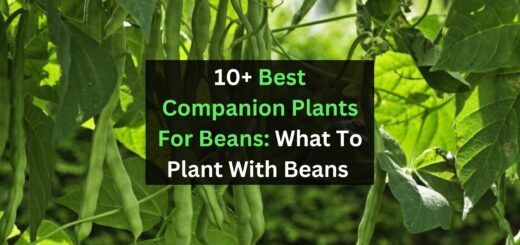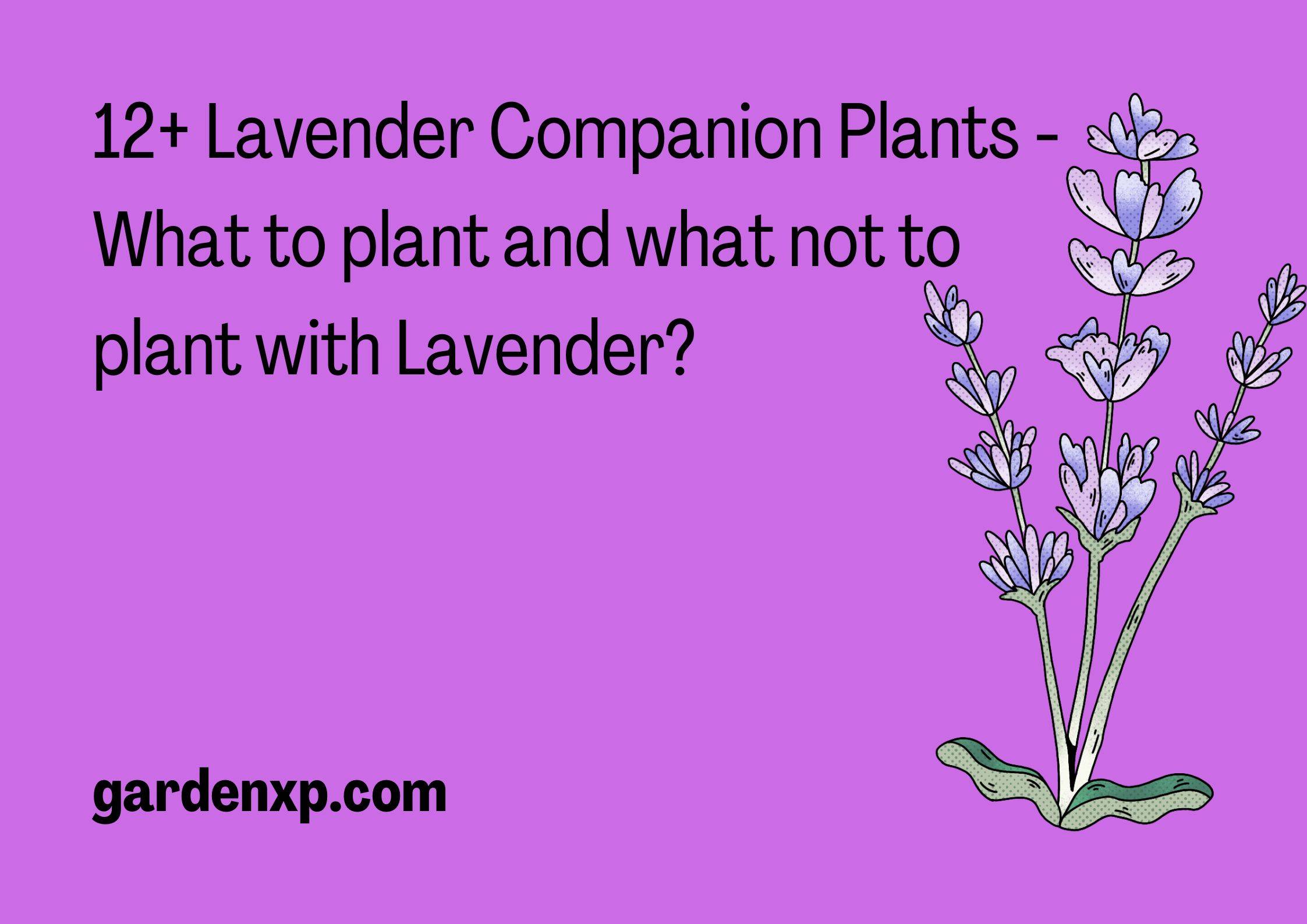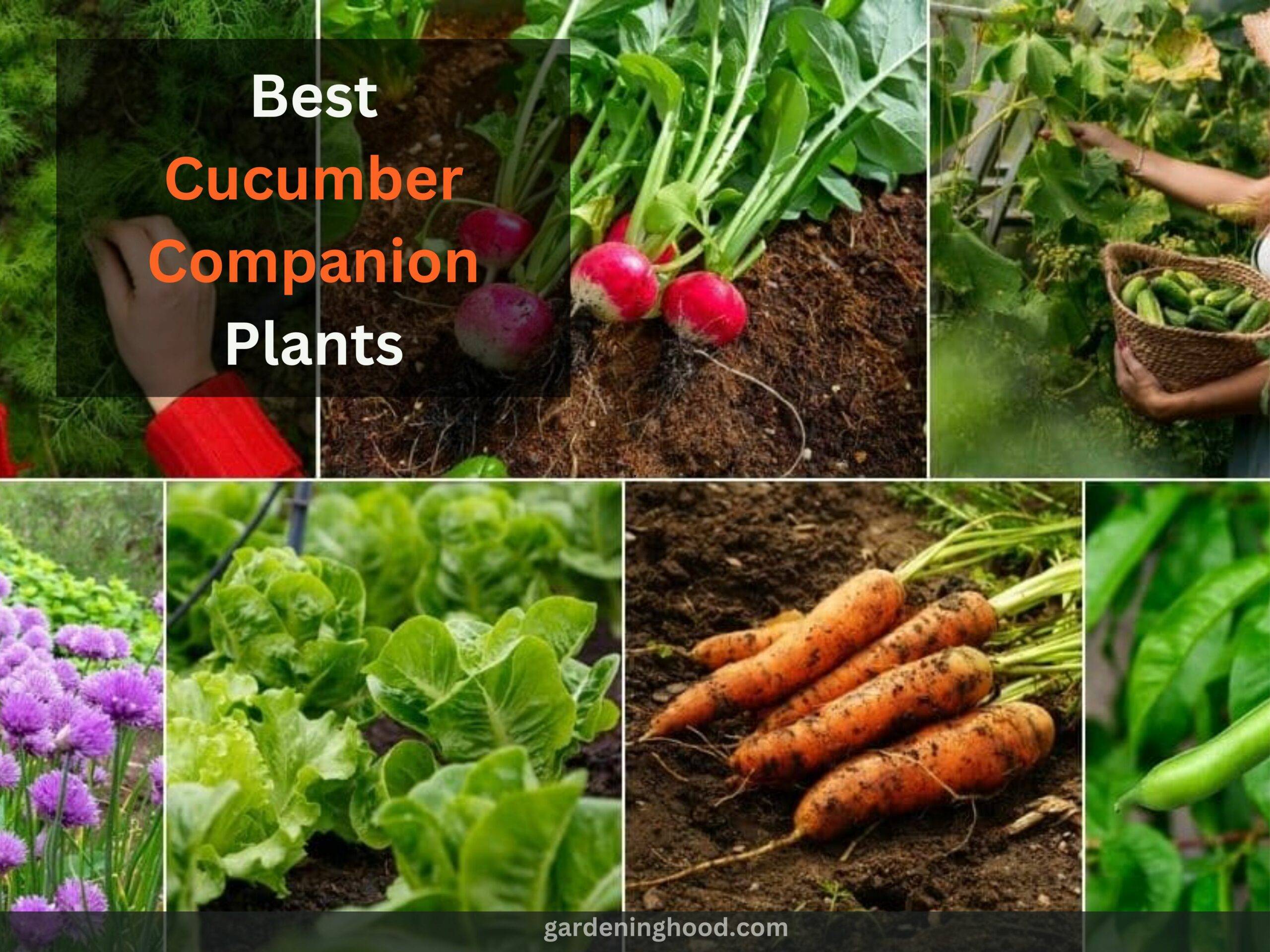17 Best Companion Plants for Beetroot (What to Avoid)
Are you wasting your time just planting a single plant and providing it with heavy fertilizer? Trust me, I was also shocked to know that it is possible to grow different companion plants with beetroot.
I used to spend many hours planting beetroot, providing it with proper potting soil, fertilizer, and watering it. But when I came to know that I can plant more plants with it, I was happy to learn, as it would result in different production without affecting the main plant. Not only will it result in more production, but planting pest-avoidant plants will also discourage pests from affecting the main crop and causing damage.
Are you interested to know which plants will be good to grow with beetroot and which need to be avoided? Continue reading the article, and if you have any problems with growing beetroot, comment on it, and I will make sure to find the solution of your problem.”
Here, I have mentioned all my implemented research in planting the best companion plants with beetroot.
Companion Planting:
Companion planting is quite helpful in supporting beneficial insects, fungi, and soil-building critters. Some plants discourage pests from being fed on vegetable crops. While growing plants there are many pest-avoid-repellent plants which do used to produce natural compounds in leaves, flowers, and roots. By growing companion plants the main plants have fragrant flowers, herbs, and vegetables which discourage pests that cause crops to get damaged.
You need to grow cover crops in the following plot the season before you need to plant the vegetables by which they build up soil and make a better environment for vegetable roots and build the soil ecosystem. Adding covering crops will help in organic matter, increase the activity of soil-dwelling animals that tends to increase moisture retention, improve drainage, and add nutrients into the soil. If you grow cover crops it does provide help in beneficial insects.
In order to plant them,222 there are some vegetable crops that you can seed directly into cover crop debris and there are others that need residues that need to be turned over or tilled into the soil for some week before planting them.
It is really important to prevent the living mulches from competing with the vegetables for sunlight, water, and nutrients. In case, planting the plant directly into the living muse, you need to leave plenty of room for seedling to grow to its full extent. make sure to check the living mulches during the growing season, and if there is any need to trim or pull selectively needed plants.
Best Companion Plants for Beetroots:
The beetroots do come under root vegetables that thrive best in full sun or part sun which they require for at least six hours a day. If you grow with them some companion plants they will thrive best so here are some 17 best companion plants that you can grow with beetroots:
Garlic:
- Growing garlic is best as companion plants which also protect the beetroots from harvesting.
- They both don’t compete on any nutrients and the smell of garlic is pungent which helps deter pests such as aphids, cutworms, and armyworms.

Carrots:
- Planting the root vegetables together grows well together like beetroots and carrots.
- They both have similar amounts of sun and water requirements.
- They grow easily and thrive best in containers in which they tend to remain away from pests like voles.

Catnip:
- The plant catnips does have a strong scent which is lovable by cats.
- There are infestations like Aphids, mice, and flea beetles that can’t tolerate the odor of catnip making them best to grow with beetroots.
- The catnip used to bloom from spring to fall which made them attract pollinators.

Kale:
- Growing kale and beetroots as companion plants, where both love sunny, cooler weather, makes them the best companion plants.
- There is no struggle of competing for nutrients or root space which makes great choices for them.

Brussels Sprouts:
- The Brussels sprouts used to thrive in cool, sunny conditions but have a different status than beets. In short, you grow best side by side in the garden.
- They grow taller in size than shorter beets without having any disturbance to any of them in cool weather harvest.
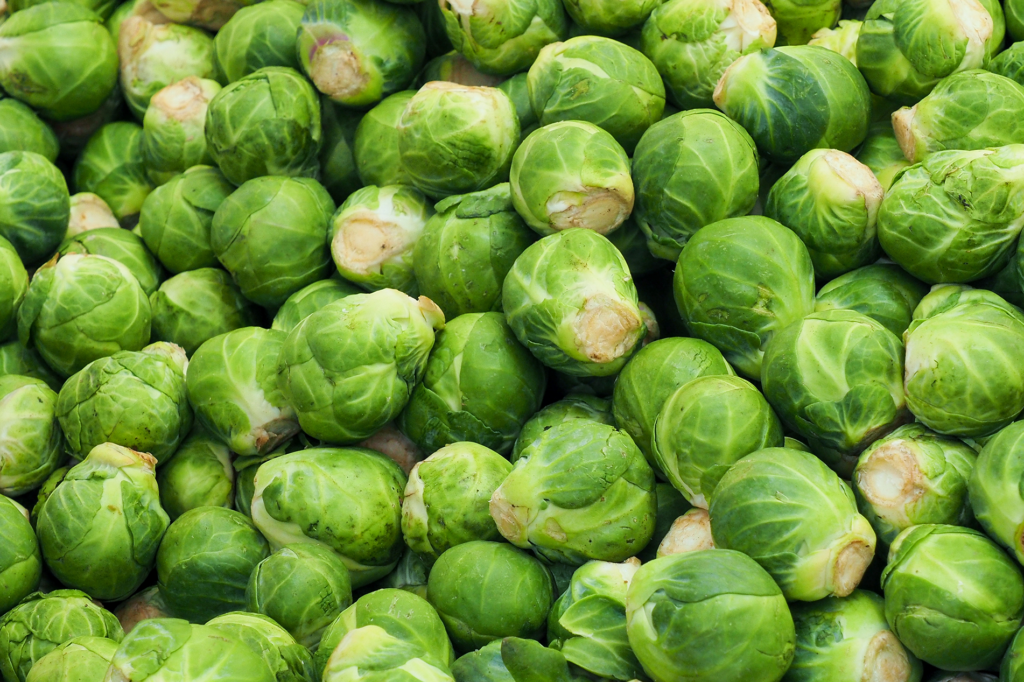
Radishes:
- The radishes and beets might look similar to each other.
- They both are root vegetables that can grow close in quarters.
- The radishes are used to grow in smaller sizes that make them grow comfortably in the same plot.
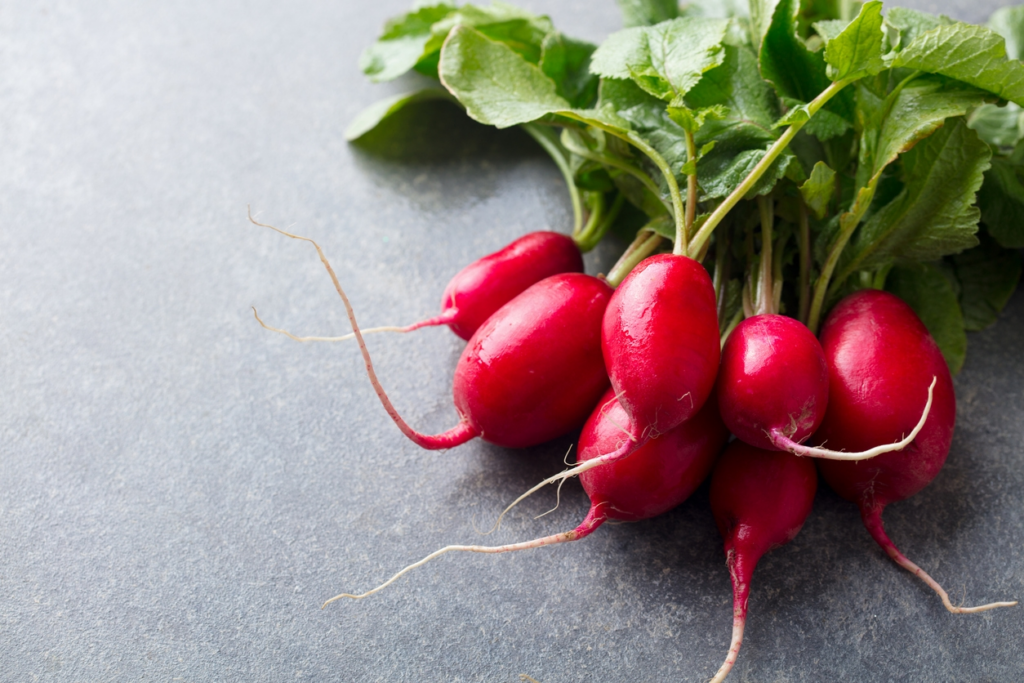
Mint:
- Growing mint is a fast-growing plant that grows easily with beetroots.
- Planting them in a container will be an excellent companion plant for beetroots.
- The blooming flower of mint is used to distract pests such as aphids and prevent infestation of root vegetables.

Marigold:
- The marigolds are companion plants that have the ability to both repel and attract pests.
- They are used to attracting lacewings that further feed on invasive pests like aphids.

Broccoli:
- Here, beetroot does need less calcium from the soil when compared to other vegetables and broccoli is a plant that requires more calcium as compared to other vegetables.
- So growing these two wages together will meet all their requirements From this soil.

Bush Beans:
- When we talk about the beans, there is a variety called pool bean which is not a good companion to plant with beetroot but bush beans are a great companion plant with beetroot.
- The bush beans release the nitrogen in the soil which makes the beat taste sweeter.
- They both are easy-to-grow plants.

Cabbage:
- The planting of cabbage and beetroot is done, almost at similar times of the year, which thrive best in cool weather.
- It is used to grow very comfortably side-by-side.
- The beetroot plant is used to pop up between the heads of the cabbage in which both grow best and make them ready to be harvested in fall.

Lettuce:
- Growing compact lettuce and beetroots together will help in healthy root systems.
- The roots of lettuce are shallow while the roots of beetroot venture deep below the surface.
- They both are a good match to plant either early spring or early fall in which you can provide spring or fall harvest.

Onions:
- The onions are similar to garlic having a pungent smell that repels many attacking beets.
- Always plant the onions in rows so that beets get free of aphids, slugs, and beetles.

Kohlrabi:
- It also has similar growing conditions as beetroots, and they won’t compete in the garden for space or for the same nutrients.
- The beetroots dont need much calcium so kohlrabi is happy to grow with it.
- They are used to sharing the same pests, so you need to plant a third companion to fight against aphids, beetles, and nuisances.

Cauliflower:
- The growing of cauliflower and beetroots have similar growing conditions and will grow best if you grow them in the same season.
- The cauliflower does have the advantage of shallow roots that do not compete with beets that are used to extend deeply into the ground.

Sage:
- Suffering from rabbit problems in your garden then I suggest you plant sage with your beetroots is a good companion plant.
- When you grow sage with beetroots it detects the scent of sage and will remain away from the particular area.
- You can plant sage near beets for an herbal rabbit fence.

Tomatoes:
- Yes, it is possible to grow summer-favorite tomatoes and cool weather-loving beetroots together.
- Growing tomatoes does help the beets for last into the summer if you plant them together.
- The tomatoes that grow tall does help provide shade to the beets.

Benefits of companion planting:
Having some companion planting around the main plant does have multiple benefits such as having benefit partners, that will improve the growth and taste of the plant and help in the of production higher yields when you plant them near the plant. There are some important benefits of planting companion plants such as:
Attract pollinators:
If you plant colorful flowers and herbs that have an aromatic smell, it will attract pollinators such as bees and butterflies.
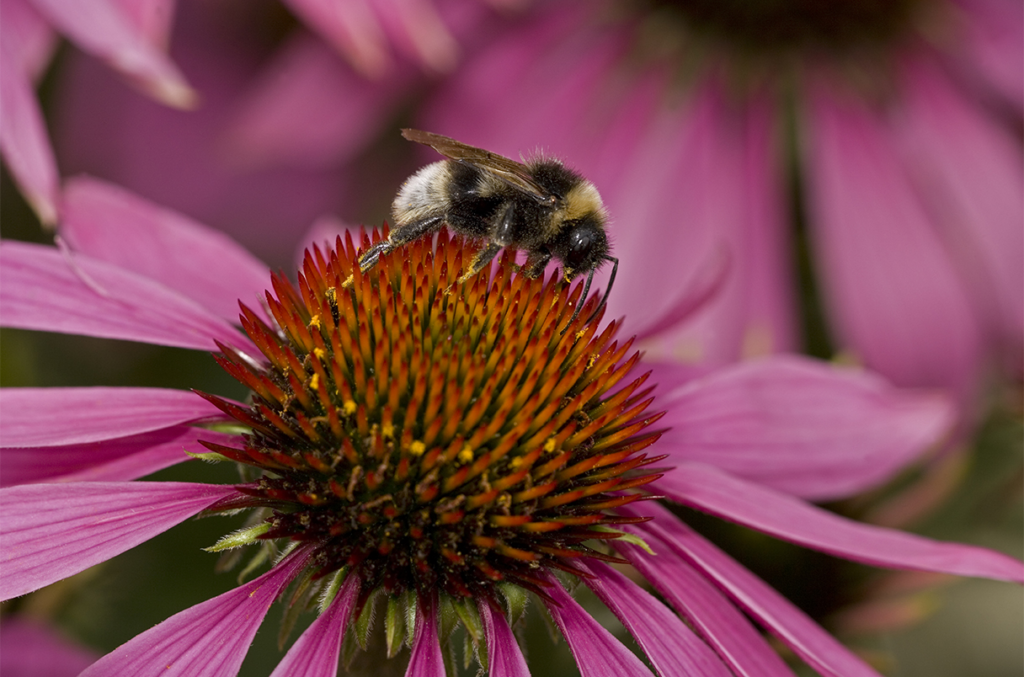
Attract beneficial predatory insects:
The flowers and herbs were planted side-by-side. The plant does help to attract helpful insects such as wasp, predatory hoverflies, and ladybugs which will result in helping to curb past infestation all over the garden.

Repel harmful insects:
There are plants like mint, lavender, which have a soil aroma, which will be helpful to keep away common garden pests. But there are some plants like nasturtiums or radishes that can attract harmful pests in the garden.

Help improve the soil:
There are flowers like marigolds that help in destroying the root-knot nematodes that usually live in the ground and destroy the plant from the root up. There are other plants that act as mulch, helping in controlling the moisture in the soil.
Help control weeds:
There are plants like leafy greens or flowers that help in reducing the growth of weeds. The companion plants also help in solving disease issues because planting the same type of plant in groups results in the quick spreading of diseases. If you grow different plants in the garden, it will help in breaking up the groups and will slow the spread of diseases such as blight, powdery mildew, and a whole host of viral infections.
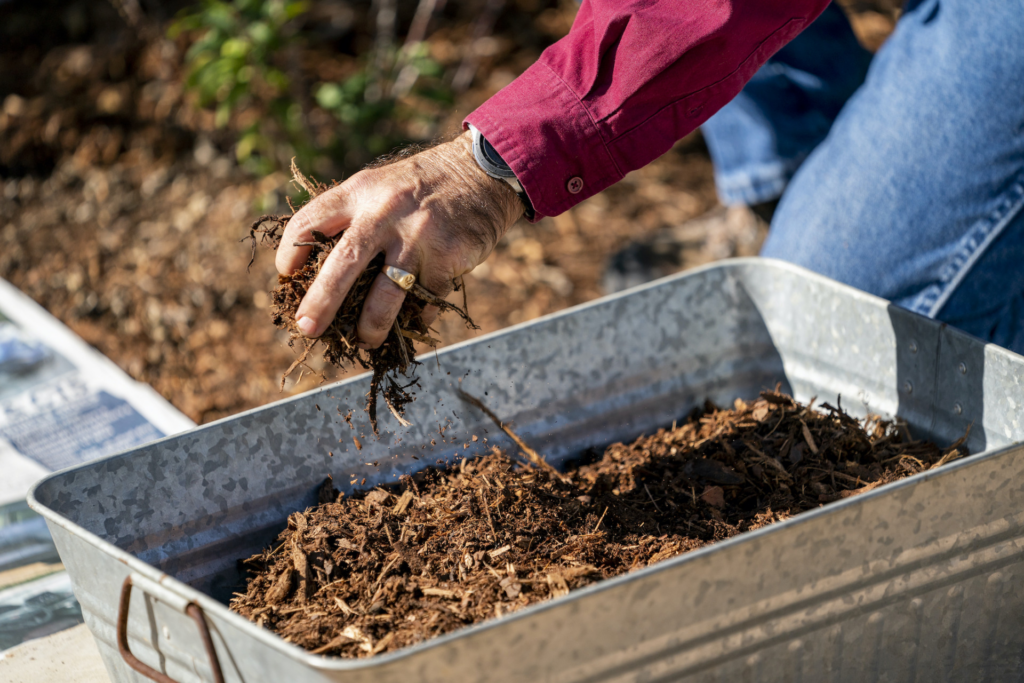
Plants To Never Grow Near Beets:
Planting companion plants around the beetroot does benefit the beetroot but there are Plant plants that will hurt the beetroot so you should not plant them nearby. The plant such as:
1: Pole Beans:
- There are most kinds of beans, that do benefit the beetroot except the pole beans as they will stun each other’s growth.
- The pole bean is used to take have an excess nitrogen which results in creating a large top and having a little beetroot

2. Field Mustard:
The field mustard does belong to the same family as the broccoli and cauliflower, but if you grow them with beetroot, then you will notice beet growing very poor.

3. Chard:
Growing chard does not directly hurt the beetroots but they are used to attract the pests and diseases that pass to beetroots so planting them together will create an undesirable environment.

Conclusion:
The practice of companion planting benefits the garden and after reading the article you will get all options on planting companion plants which will help them to thrive best. In order to get best beets you need to consider companion planting which will help the beetroots to grow and thrive best.
